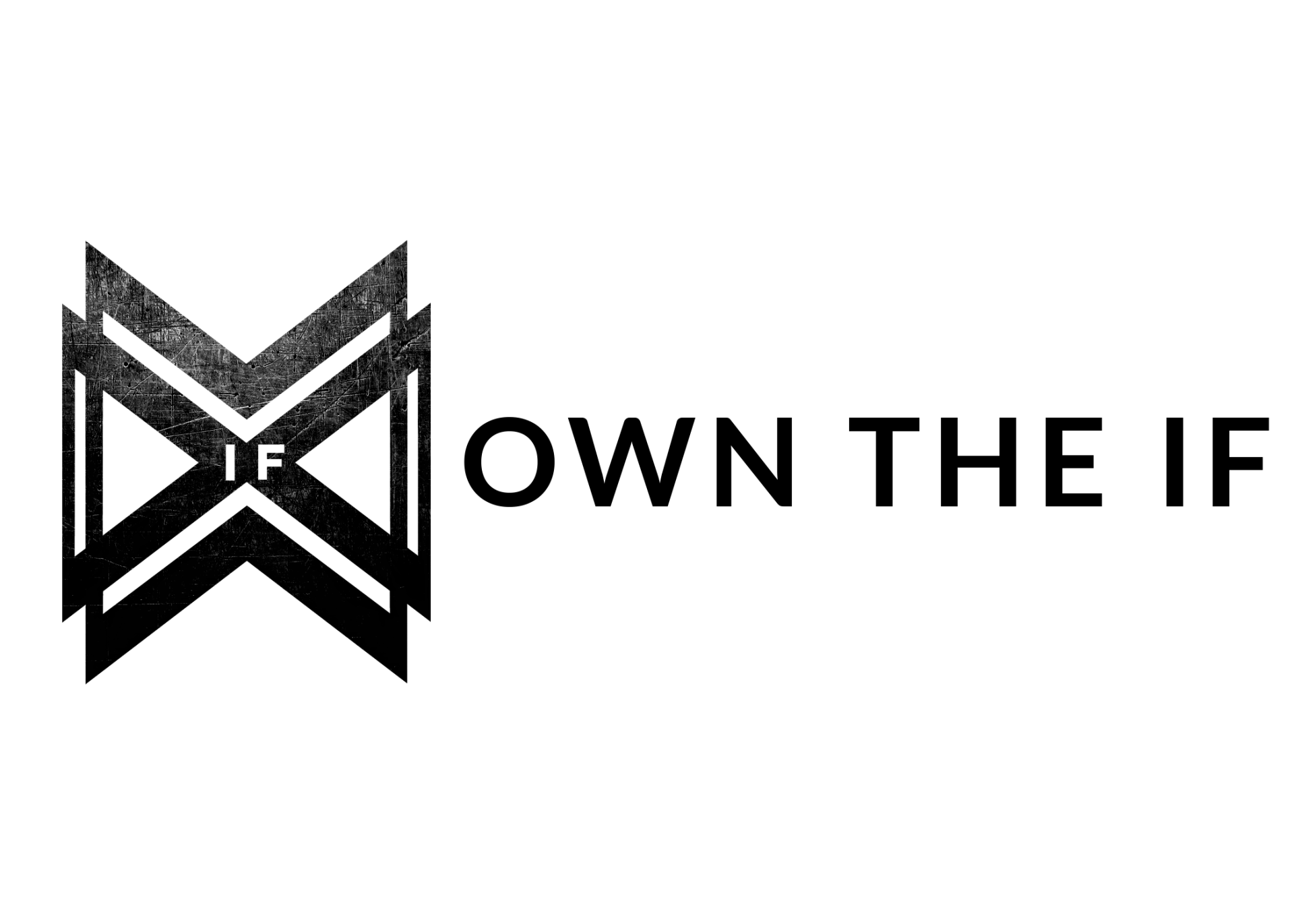This week’s topic comes straight from conversations I’ve had with clients, family, and busy folks just trying to stay consistent:
“Should I do cardio or strength training first?”
It’s a simple question—but one that can steer your workouts, your recovery, and your results more than you might think. When your schedule’s already full, you want to know the time you do carve out is working for you—not against you.
So this week, I’m throwing on my personal trainer hat.
I’ve been an athlete most of my life—played soccer, ran track and field, played rugby, and swam both sprints and distance. I’ve trained for strength, endurance, and speed—done CrossFit, chased Olympic and strongman-style lifts, and spent more than two decades in the weight room and on the field. I’ve done it the hard way more times than I care to admit—but that’s how I learned what actually works (and by listening to people smarter than me).
The fitness world has changed a lot. We know more now. Let’s sort what actually matters—so you can train in a way that gets you where you want to go, faster and with less friction.
We’ll walk through what the research says, how to apply it in the real world, and how to choose your workout order based on what matters most to you—whether that’s energy, strength, endurance, or something else entirely.
Spoiler: There’s no one-size-fits-all—but there is a better order depending on your goals.
Let’s get into it.
What the Research Says
Let’s break it down by goal:
1. If Your Goal is Strength, Power, or Muscle Gain → Lift First
Doing cardio first can lead to what’s called the interference effect—where endurance work slightly reduces strength or hypertrophy gains.
Recent studies (2020 and later) show that this effect still exists, but it’s often minimal if intensity is managed and sessions aren’t excessively long:
But for most people training for general strength or muscle, cardio won’t ruin your gains—unless it’s draining your energy before you even start the lift.
So yes, if strength or muscle is your priority, lift first while your nervous system is fresh.
Why This Matters: You can’t build strength if you’re showing up gassed. Your body listens to what you prioritize—so lead with the thing that needs your best focus and effort.
2. If Your Goal is Endurance → Cardio First
Cardiovascular performance is sensitive to fatigue. Strength before cardio—especially heavy lifting—can impair form, rhythm, and output.
A 2022 Biology of Sport study found endurance outcomes suffered more than strength did when sequencing was reversed.
Why This Matters: Trying to build endurance on tired legs is like running through thick mud. Cardio needs focus, rhythm, and fuel—so give it the prime spot if it’s the main event.
3. If Your Goal is General Health or Fat Loss → Do What You’ll Do Consistently
If your priority is to feel better, move more, manage stress, and build metabolic resilience, the science gives you flexibility.
Why This Matters: If stressing over the order keeps you from doing anything—that’s the real problem. Do the version that fits your life and helps you stay in the game.
What Do the Guidelines Say About Duration?
Neither ACSM nor AHA mandates a strict order—but both recommend including both strength and cardio in a weekly plan.
American College of Sports Medicine (2022 update):
American Heart Association:
Why This Matters: You don’t have to reinvent the wheel—just keep it rolling. Getting both cardio and strength in is what matters most. How you sequence it should serve you.
What About Older Adults?
If you’re 60+, your training goals might shift—but your ability to build strength, endurance, and resilience doesn’t disappear. In fact, it becomes even more essential.
What the research says:
What this means:
You don’t have to choose between walking and lifting. Both are important. Strength helps with daily tasks, posture, and fall prevention. Cardio keeps your heart, lungs, and brain sharp.
Start with strength if stability or balance is your focus. Start with cardio if you want to warm up, energize, or build endurance.
Why This Matters: You’re training for life. Choose what keeps you moving, strong, and independent. That’s the win.
What About Menopause?
If you’re in perimenopause, menopause or postmenopause, here’s why training order matters:
Estrogen affects everything from joint health to muscle preservation and nervous system recovery. As levels decline, you may notice shifts in energy, recovery, and what your body responds to.
Why lifting first makes sense in this phase:
- It conserves focus and energy for the most essential work: building and maintaining muscle and bone density
- Cardio is still key for heart and brain health—but placing it after lifting prevents unnecessary fatigue up front
- Managing recovery becomes more important as hormone levels shift
Why This Matters: Your training should evolve as your physiology does. Lifting first helps protect your strength foundation—and keeps the whole system working better.
Real-World Application: How I Coach It
Here’s how I help clients decide the order—based on their goals, age, and real-life context:
Training for strength or muscle gains?
➤ Lift first. Short, moderate cardio after (think 10–20 minutes).
Training for endurance or faster race times?
➤ Cardio goes first. Strength second—but lighter, especially if you’re already cooked.
Midlife or menopausal?
➤ Lead with strength. Cardio comes after or on alternate days.
Older adults?
➤ Blend strength and cardio across the week. Start with what matters most that day. Prioritize safety, consistency, and full-body function.
Short on time?
➤ Go hybrid: circuit lifting, rucks, sleds, or loaded carries—all-in-one movement snacks.
Training twice a day (athletes, shift workers)?
➤ Split sessions: cardio in the morning, strength in the evening—or reverse it. Pay attention to recovery.
Why it matters: The best plan isn’t the one on paper—it’s the one that fits your life, honors your body, and keeps you showing up.
Bringing It Home
When in doubt, ask yourself: “What’s the one thing I most want to improve right now?”
Then start there.
The beginning of your exercise session is golden—it’s when your focus, energy, and willpower are strongest. Use it to move the needle.
Want to get stronger? Lift first.
Training for endurance? Lead with cardio.
Trying to stay consistent? Start with what you’re most likely to avoid.
You don’t need a flawless routine.
You need one that meets you where you are—and helps you come back tomorrow.
Because you’re not just checking a box.
You’re becoming someone stronger, more capable, more committed—one rep, one choice at a time.
Related Content
Why Tracking Workouts Is the Secret to Achieving Your Fitness Goals


